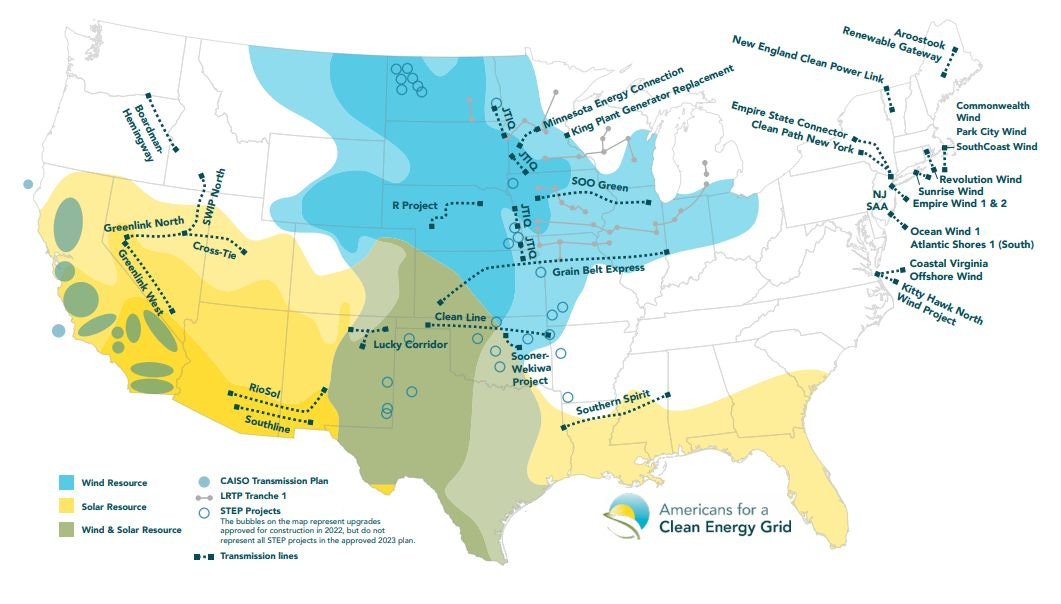The Weekly Anthropocene, September 20 2023
The big picture on EVs and green growth, over two hundred thousand elephants, solar finally taking off in Florida, Singapore is rewilding, and more!
The Big Picture
Electric vehicles are taking over the world faster than even the most optimistic projections, with their market share growing exponentially in key markets around the world. Here are some key quotes from a new Rocky Mountain Institute report:
“There is a clear exponential growth pattern for EVs, as rising sales track along an S-curve. Led by Northern Europe and China, and driven by policy, it is taking around six years for EVs to go from 1% to 10% of new car sales. The next stage is quicker still: In leading countries, it is taking another six years to get to 80%.”
“By 2030, EVs will dominate global car sales. If we continue to solve the challenges and sales continue up the S-curves, then EVs will make up between 62% and 86% of global car sales by 2030, with China enjoying an EV market share of at least 90%. Meanwhile, consensus sales forecasts are lagging and get upgraded every year.”
“The rapid growth in EVs means peak oil demand for cars is behind us. Global oil demand for cars peaked in 2019 and is currently on a typical plateau, squeezed between efficiency gains and the growth of EVs. By 2030 oil demand for cars will be falling at over 1 million barrels per day (mbpd) every year and the endgame for one-quarter of global oil demand will be in sight.”
Spectacular news! This is one of the most underappreciated positive trends in the world right now. As a wise man recently wrote, “EVs are just going to win.”
Relatedly, as the Financial Times recently highlighted, a wide range of countries from around the world have already successfully “decoupled” CO2 emissions and economic growth, continuing to grow richer while reducing their contribution to climate change at the same time. (Electric cars taking off are a great example of what this looks like in practice: people still make money making and selling EVs, but they emit less CO2 than gas-burning cars, so switching to EVs increases GDP and reduces emissions). Notably, this includes many still-developing countries like Ecuador, Egypt, Mexico, and South Africa, and as renewable energy continues to boom worldwide, such “green growth” will become more and more common. The pro-poverty “degrowth” concept is unnecessary: the real world has proven that green growth is already here!
Elephants
A landmark aerial survey of the vast Kavango-Zambezi Transfrontier Conservation Area (KAZA), covering a swathe of Southern Africa including much of Angola, Botswana, Namibia, Zambia, and Zimbabwe, found an estimated 227,900 African elephants. That’s a 5% increase from the estimated 216,970 elephants in 2016. On a national level, Botswana is home to by far the most elephants, with an estimated 131,909 and growing, and Zambia the fewest, with an estimated 3,840 and decreasing. Earth is still home to extraordinary wonders!
United States

Despite little to no support for renewables from the state government, Florida is finally starting to make use of its abundant solar power potential after years of inaction. In the first half of 2023, the now-well-named Sunshine State added 2,499 megawatts (2.499 GW) of solar generation capacity to the grid—the most of any state in the Union, and notably ahead of longtime renewables leaders California (1,648 MW/) and Texas (1,292 MW). Those states may retake the lead later this year, with 7,700 W of new solar planned for Texas and 4,200 MW for California for 2023 as a whole—but on the other hand, Florida might also add even more!
Nationwide, the United States is set to add 32 gigawatts (32,000 megawatts) of new solar capacity in 2023, thanks in large part to the strong and consistent government support for clean energy provided by the ever-awesome Inflation Reduction Act1’s tax credits2. Great news!
A new report highlights the vital need for electric transmission line projects to enable new renewable energy projects to be built and connect to the grid. There are currently 36 “shovel-ready” transmission projects in the United States (see map), which would together connect 187 gigawatts of renewables, increasing total US clean energy generation by 87%! Ten similar transmission line projects were completed since 2021: this is doable, and the Biden Administration is working hard on it, but we need to speed it up. As this newsletter has tried to hammer home: environmentalists should love power lines, and fight to get them built! Power lines are as much an icon of clean energy progress as wind turbines and solar panels—support transmission projects near you!
A new solar panel factory is set to be built in a small town near Dallas, Texas (again thanks to the IRA!), and should be online sometime in 2024. It will manufacture 5 gigawatts (5 GW=5,000 MW) of solar panels per year!
The West Springfield Generating Station, a Massachusetts fossil gas-burning power plant shut down in 2022, is being replaced by a new 45-megawatt grid-scale battery project!
A new power purchase agreement has been signed as a step towards restarting the defunct 800-MW Palisades nuclear power plant in Michigan, providing a source of carbon-free energy to help complement renewables in decarbonizing the grid. This would be the first time a shuttered nuclear plant has reopened in the United States; an important precedent and model for others to follow. Federal funding support may arrive within the next year.
As The Weekly Anthropocene has extensively discussed, nuclear power is much better than fossil fuels (safer and cleaner) but renewables are better still (safe and clean, plus cheaper and faster). So restarting old nuclear plants alongside the new renewables building boom is smart climate policy: great news!
California’s state legislature has passed a landmark first-in-the-nation corporate emissions disclosure bill, set to be signed into law by the governor shortly. Companies’ disclosure of their greenhouse gas emissions has historically been plagued by inconsistent standards, questionable accounting, and exaggerated headline numbers, but this bill will require consistent and regular disclosure under consistent standards. By 2027, every company doing business in California with more than $1 billion in yearly revenue will be required to publicly report the greenhouse gas emissions from not just their own operations, but their supply chains and consumers using their products (“Scope 3” emissions). As California is a major global market, this essentially means every big international company in the world will be legally obliged to put out consistent, comparable reports on their contribution to climate change. Great news!
Singapore
The wealthy Southeast Asian city-state of Singapore is following the global trend of rich and developed countries rewilding, as more and more wild animals flock to the increasingly clean and green urban landscape. Singapore, an island nation with over 5.6 million people and over 7,800 people per square kilometer, is now home to thriving populations of blue-crowned hanging parrots, oriental pied hornbills, red-breasted parakeets, and many other once-imperiled bird species. Mammals are rebounding as well; Singapore’s smooth-coated otter population has more than doubled since 2019, with 170 individuals in 2022. They’re quite popular, too: one otter family, the Bishan 10, were voted a national icon in 2016. And now, incredibly, a wild Malayan tapir (Tapirus indicus, an endangered species) has been spotted in a Singaporean park on September 10th, 2023, seemingly having swum over from Malaysia. That’s like if a wild bison swam onto Manhattan Island to hang out in Central Park. While it seems unlikely that a population of tapirs will establish themselves in Singapore, the mere fact that one made it there safely is a sparkling new example of what a hospitable environment modern cities can become for our animal brethren. Fascinating news!
A recent Environmental Protection Agency analysis forecasts that the Inflation Reduction Act will reduce America’s electric-sector carbon emissions by between 49% to 83% below 2005 levels by 2030! This is HUGE!
Those IRA tax credits for clean energy investment can now be sold and transferred between companies, allowing companies without outstanding tax liability (e.g. startups) to sell their renewables tax credits for incumbent companies to use in exchange for cash. This will speed up renewables development even more! Of such financial trivia are economic revolutions made.









Wow! go, Singapore!
An upbeat note indeed! New England hopes to harness offshore wind, but growth is slowly underway.